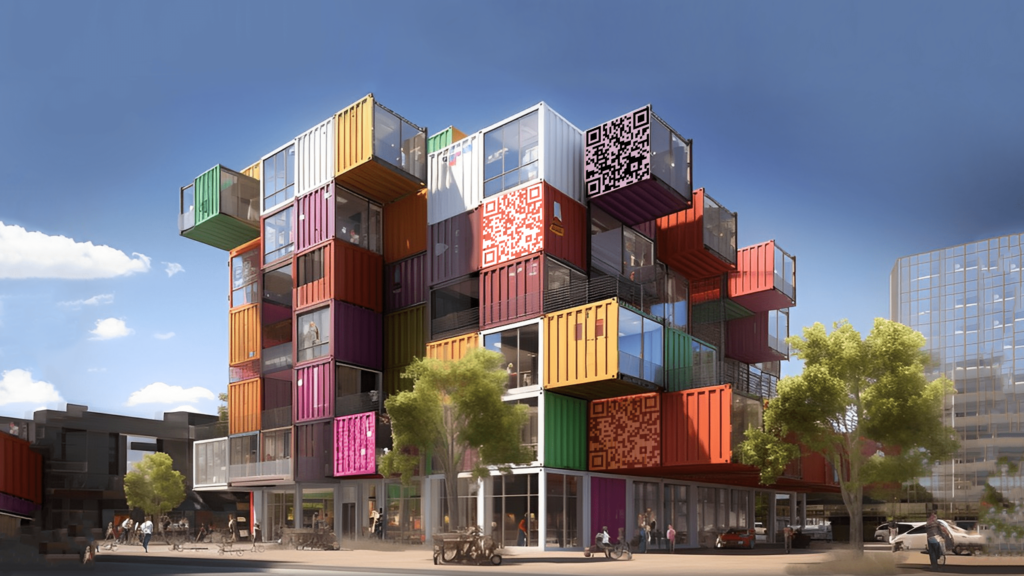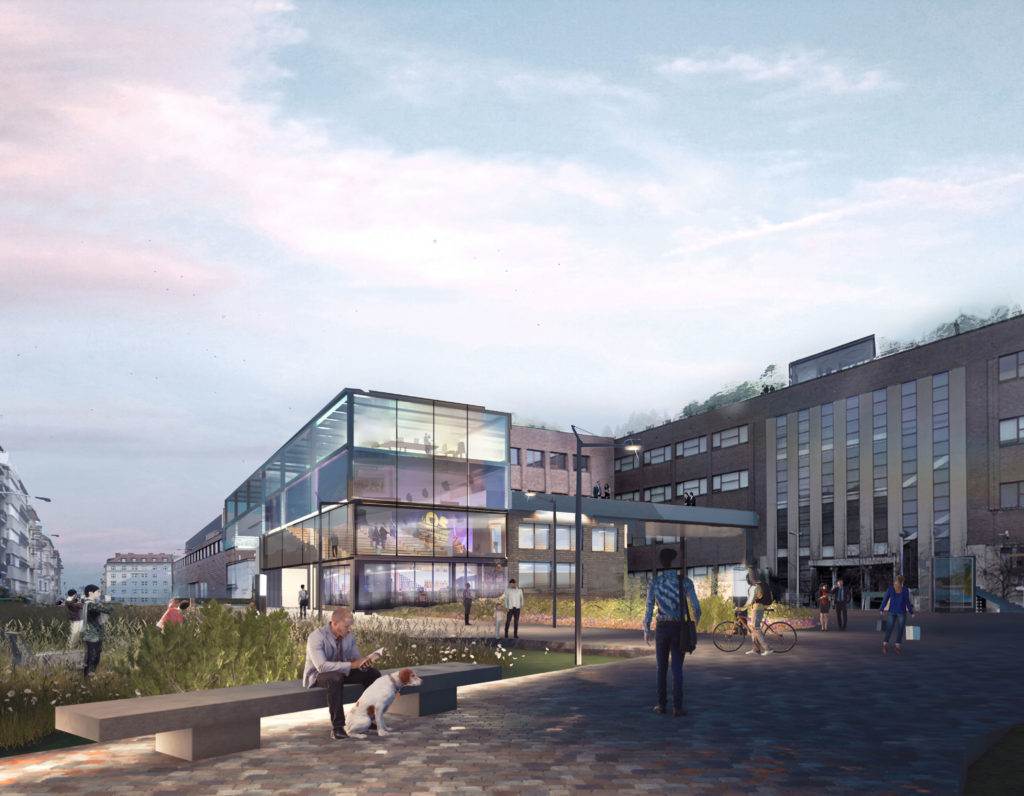The Innovative Union of Architecture and Recycled Plastic: A Deeper Look into the EcoARK Pavilion

The EcoARK Pavilion, a structure prominently standing in the heart of Taipei, Taiwan, has ceaselessly fascinated me, not only for its unique aesthetics but also for its unparalleled commitment to sustainable architecture. As an emblem of contemporary architecture, it pushes the boundaries by making extensive use of a material still relatively novel in the field: recycled plastic.
Why Do You Like It?
The EcoARK Pavilion, designed by Miniwiz, is a testament to the harmony of design, function, and environmental responsibility. The building’s form, fluid and organic, is aesthetically pleasing, while its function as a venue for exhibitions and concerts demonstrates its practicality. What truly captivates me is the innovative use of recycled plastic in its construction, creating a statement of sustainability that resonates in the current era of environmental consciousness.
What Makes This Building Contemporary?
Contemporary architecture is characterized by its innovative use of materials, technologies, and its response to societal challenges. In the EcoARK Pavilion, the utilization of recycled plastic, specifically Polyethylene terephthalate (PET), in the form of over 1.5 million interlocked plastic bottles, sets it apart as a beacon of contemporary architecture. Moreover, it addresses the pressing issue of plastic waste, transforming a global problem into a solution for sustainable architecture.
Understanding the Processes Involved: How Has This Pushed Boundaries? Why?
Miniwiz developed a process called « PET brick technology » to create the lightweight but durable building blocks used in the construction of the EcoARK Pavilion. This process involves compressing recycled PET bottles, transforming them into high-strength, lightweight bricks that serve as a low-cost, energy-efficient, and sustainable alternative to conventional building materials. This groundbreaking technique pushes the boundaries of architectural design, challenging traditional norms about what materials can be used to create structures that are both aesthetic and sustainable.
What are the Pros & Cons?
The use of recycled plastic as a building material presents numerous advantages. It promotes a circular economy, reducing the amount of plastic waste in the environment. The PET bricks provide excellent insulation properties, reducing the building’s energy consumption. They are also lightweight, enabling easy transport and installation.
However, certain challenges are associated with using recycled plastic. The sourcing and cleaning process of the used plastic bottles can be labor-intensive. Additionally, while the PET bricks are durable, they may not have the same lifespan as more traditional building materials, potentially leading to maintenance issues over time.
Exploring the EcoARK Pavilion
For an immersive view of the EcoARK Pavilion, check out this video that offers a detailed tour of this remarkable structure:
In conclusion, the EcoARK Pavilion is a triumphant demonstration of how recycled plastic can revolutionize architectural design. It reflects a future where sustainability and aesthetics coexist, setting the tone for a new age of environmentally conscious architecture.



